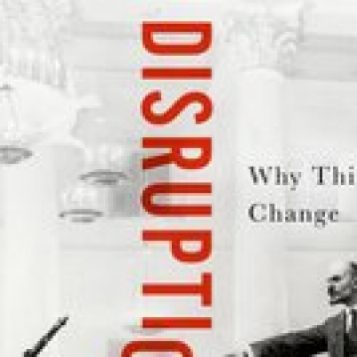Francis W Kelsey Collegiate Professor of Greek and Roman History, Arthur F. Thurnau Professor, Professor of Greek and Latin
About
I am Francis W. Kelsey Collegiate Professor of Greek and Roman History and Arthur F. Thurnau Professor in the Department of Classical Studies at the University of Michigan, and, while teaching a wide range of courses in Greek and Latin, as well as in translation. My research has focused on the interaction between people and institutions.
My early work on oracles was designed to illuminate the dialogue between the imperial government and its subjects. In particular, the Thirteenth Sibylline Oracle provided, at the time, the only extensive contemporary narrative of the middle years of the Third Century AD, a period of great stress in the Roman Empire, hence it is the subject of my first book, Prophecy and History in the Crisis of the Roman Empire. My second book, Prophets and Emperors, broadened the scope of my earlier work by offering the first substantive challenge to what was then the dominant model for interpreting the role of religion in the Roman world, by arguing that exclusion of the concept of “belief” from discussion of religion as a “Christianizing” approach, was in appropriate as the use of oracular texts showed that the commonplace process of reasoning about the possibility of divine action depended upon the view that oracles represented authentic divine revelation.
In my next two books, I look at the way modern theory can help shape research questions for the classical world. In Literary Texts and the Roman Historian, I showed how the work of historians of the early modern period, especially those espousing the “vulgar Marxist” approaches of E.P. Thompson and Eric Hobsbawm was especially useful in reading ancient texts as the product of a very limited class of authors—that class bias rather than rhetorical interest tended to shape the narratives that have survived from the Roman Empire. In The Roman Empire at Bay, I showed how modern management theory could be deployed to analyze the way the Roman Empire worked over the course of more than two hundred years from the late Second Century to the late Fourth Century AD.
I think it is important to communicate for scholars to communicate with the broader public. To this end, I wrote a general book, Emperors of Rome, which has been translated into German, Dutch and Spanish, and a textbook on Roman History, Ancient Rome, a New History, now in its third edition, and a book on ancient sport, The Victor’s Crown: A History of Ancient Sport from Homer to Byzantium looks at the history of sport in the Greco-Roman world from a comparative perspective. In Constantine the Emperor I shift the way his career has traditionally been viewed. Important as his conversion was to the later history of Europe, the impact of his conversion was shaped by the way he worked Christianity into the traditional system of government rather than by using his new faith to reshape the empire’s government. I insisted on viewing Constantine through sources in the order in which they were written, which involved extensive work with the massive body of law surviving from his reign, enabling me to place his Christianity in the context of his day-to-day activities as emperor. In Theodora: Actress, Empress, Saint I am able to show how Theodora (despite what was suggested by her vitriolic critics) played a positive role within the administration of the empire.
Having explored the institutions of the later Roman Empire, I accepted an invitation to write on a very different period of Roman history, the Roman Republic, work that is the inspiration for my current project on Caesar and Rome. In The Origin of Empire, I trace the rise of Rome from the mid-third century BC to the early second century AD, looking at how the government of the Republic was transformed into a contractor state in the middle of the second century and then into a bureaucratic monarchy, making use for this analysis of work by Charles Tilly.
My most recent book, Disruption: Why Things Change, explores the way radical change results from the collapse of the political center. This is explored through a series of case studies, including the conversion of the Roman Empire to Christianity, the rise of Islam, the Protestant Reformation, the French and American Revolutions, and, finally, the rise of Bolshevism and Nazism. An epilogue explores the challenges currently confronting liberal democracies. Each case study begins with an exploration of the ideals that will be adapted in a period of disruption—e.g. the constitutional theories of Locke and Rousseau, Marxist thought or Social Darwinism—followed by a discussion of what happened in each case.



